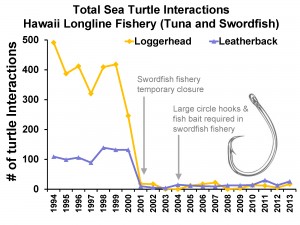June 14, 2016 — A regional fishing body is opposing the proposed expansion of United States protected waters around Hawaii.
Members of the Western Pacific Regional Fishery Management Council have raised their concerns about the sustainability of local fishing if Hawaii’s Papahanaumokuakea Marine National Monument was expanded.
The proposal would increase the protected zone fivefold and could reduce the available fishing grounds in the US exclusive economic zone waters around Hawaii from 63 percent to 15 percent.

